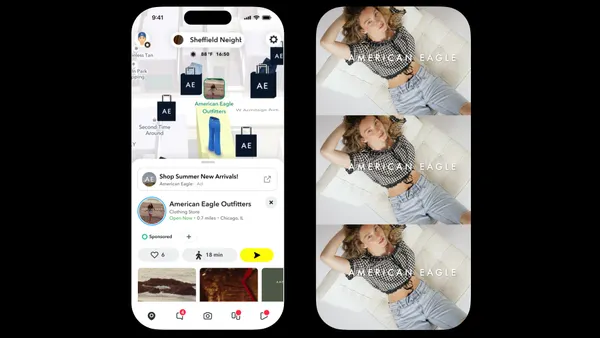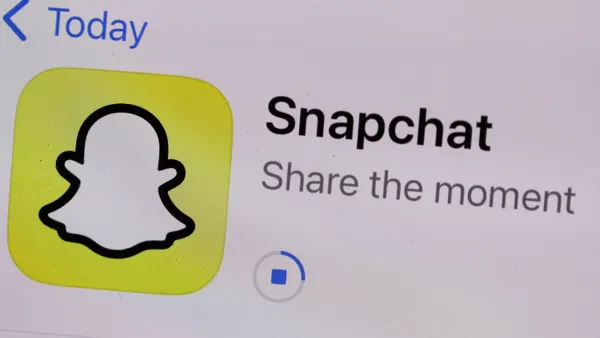Brief:
- YouTube started asking creators to use its experimental software to tag and track products shown in their videos as part an effort by parent company Google to support online shopping. The search giant will link the data to analysis and shopping tools, YouTube confirmed to Bloomberg, which cited people familiar with the situation.
- Google also is testing an integration with Shopify, the provider of e-commerce software and services, to sell products through YouTube, with the broader goal of turning its vast trove of video content into a digital catalog for viewers.
- YouTube is letting creators control which products they show in the videos. The experimental program's revenue strategy isn't entirely clear yet, though it started letting creators sell subscriptions to their channels for a 30% commission on payments from viewers, Bloomberg News reported.
Insight:
YouTube's test program to let creators tag shoppable products in videos may give mobile marketers more incentive to collaborate with influencers who have developed a following on the platform. Many influencers demonstrate or even endorse products in reviews, and to comply with U.S. law, they must disclose when advertisers are sponsoring their videos. Creators have a significant effect on the purchase decisions of their followers, especially younger consumers, making influencer marketing a key strategy for cutting through ad clutter. By making its videos more transactional with product tags, YouTube can help marketers to convert passive viewers into active buyers.
The test arrives ahead of the key holiday shopping season and as e-commerce revenue continues to notch upward during the coronavirus pandemic as many shoppers try to limit the time they spend in stores by ordering online for delivery or pickup. The portion of consumers in the U.S. and Europe who said they shop online weekly grew to 36% in July from 28% before the pandemic, according to a Selligent study cited by Digital Commerce 360. The jump in e-commerce activity drove a 97% lift to $714.3 million in revenue for Shopify, Barron's reported, as more merchants used its platform to manage their online stores.
For Google, the expanded shopping features on YouTube are a sign of how e-commerce has become a bigger priority amid a growing threat from retailers like Amazon, Walmart and Target that are ramping up their online ad sales, integrating media with e-commerce. YouTube already was a significant growth driver for Google's parent company Alphabet, which this year started disclosing YouTube's revenue for the first time as investors demanded greater transparency. YouTube's yearly ad revenue growth slowed to 5.8% in Q2 from 36% in Q1 as marketers scaled back their media spending during the onset of the pandemic. Still, YouTube's revenue growth has been stronger than Google's, which fell 8% in Q2 — the first drop in its 26-year history.
Google's other recent e-commerce initiatives include the introduction in June of an advertising format for YouTube that lets retailers turn their video ads into shoppable experiences. The direct response format has a "shop now" button and can show products from a catalog to buy instantly from a retailer's website. Google also added more shopping features to its Google Pay payment app as part of a major redesign to capture more e-commerce revenue. In April, Google stopped charging merchants a fee to list products on its Google Shopping search pages, several months after it added a shopping section that lets mobile users see a variety of clothing and accessories products from multiple online stores.











